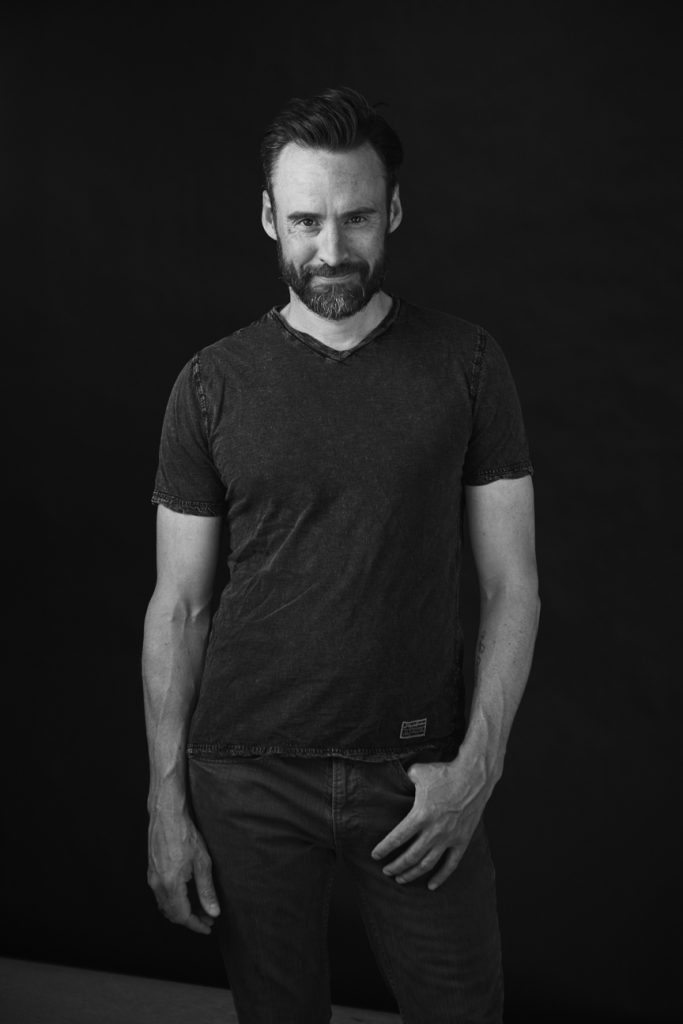Teenage suicide and mental health are as sad and distressing as are films and television shows depicting these issues. Based on a remarkable true story, The Girl From Plainville explores the real life toxic relationship between Michelle Carter (Elle Fanning) and Conrad “Coco” Roy III (Colton Ryan), the boy she encouraged to tragically end his life via a series of text messages. We spoke with the show’s creators Liz Hannah (The Post, Mindhunter) and Patrick Macmanus (Homecoming, Dr. Death) on their portrayal of the issue that was turned into a media circus at the time.
“We felt a tremendous amount of responsibility going into this,” said Hannah. “It’s something that should be handled with a real weight and sensitivity.” Sadly, this case was sensationalized by the press and the underlying issues were never deeply explored. Jesse Barron wrote a feature article on the case in Esquire, which served as a starting point for Hannah and Macmanus. The writers also had access to all the text messages that were admissible as evidence in court.

Despite their primary aim of writing a riveting drama, the writers relished the opportunity to add to the wider conversation of mental health as part of their social responsibility. “We wanted to spread the word that you are not alone and there are people you can talk to and help,” added Macmanus.
Liz Hannah has previously worked with Elle Fanning on a film called All The Bright Places which also explored issues surrounding mental health. Hannah and Macmanus also partnered with the American Foundation For Suicide Prevention who consulted on the veracity of The Girl From Plainville. “We wanted to tell the truth and avoid triggers as much as possible,” Patrick declared. They also consulted with the National Eating Disorder Association to accurately depict Michelle’s challenges with her eating disorder. Michelle Carter had been in hospital for this issue not long before Conrad died. “We didn’t want to sink into the media trap of sensationalizing or dismissing Michelle’s physicality, mental state, and demeanour in court,” continued Liz.
Teen Romance
Conrad Roy and Michelle Carter were both suffering from mental health issues at the time, but nevertheless, they did have a real connection and intimacy between them that was mainly explored via text message. They only lived less than hour apart, but only saw each other in person a few times; the first being when they met in Florida.
Conrad and Michelle perceived their tragi-romance as very real. They were a real couple in each other’s minds. “They each gave each other what the other needed at the time, despite being relatively faceless to each other,” expanded Liz. “They weren’t real to each other, but they were real in what they represented to each other.” It’s unclear why they never saw each other more frequently. “It’s difficult to define their romance/ friendship in a real world way.”
Hannah and Macmanus realized that the use of technology and mental health hadn’t been extensively mined for its story potential. This was the primary angle to enter the story. In order to avoid a dry documentary style of factual storytelling or an ernest narrative, they harnessed the more humanistic aspects of the case to present their series.
“We took great care in not portraying anyone as either a hero or villain,” Macmanus continued. They avoided any judgment and presented the world through Coco and Michelle’s eyes the way they saw it based on their extensive research.
This was in sharp contrast to the media, determined to exploit the precedent-setting court ruling of “involuntary manslaughter” to demonize Carter. They were more focused on whether a text message can induce death by suicide.
Patrick didn’t feel that extensive dramatic embellishment of the facts was warranted. They had access to thousands of text messages so they could write both Coco and Michelle’s characters from an informed position. “We had insight into how they each perceived their relationship and how they behaved as individuals and with their families and friends.” The eight-episode limited series allowed “us to paint a three-dimensional portrait of every character, rather than the two-dimensional caricatures presented in the headlines.”
State Of Mind
Michelle Carter goaded Coco into taking his life, so presenting her as anything other than a villain required delicate surgery. Carter encouraged Coco to find peace, to end his pain, and there was no point in waiting any longer. Michelle changed her account of the events several times during court proceedings. “Michelle was a different person with everyone she spoke to,” revealed Liz. “Most importantly, she undergoes a transformation in her relationship with Coco through these text messages. She didn’t start there.” It’s undetermined whether Carter thrived on the attention or fulfilled some other need.
Although Coco tragically died by suicide, Liz and Patrick demanded more from his character than victim status. “There was more to his life than his end. We never saw that in the press.”

Patrick Macmanus
Mental health is not a linear path for sufferers. While it can be a matter of good and bad days for some, “it can be a mountain and a hell hole all at once for others,” added Liz. Some sufferers liken it to struggling against water gurgling down a sinkhole
“Suffering from depression, anxiety and suicidal ideations is not a consistent stasis,” said Hannah. That’s why it was imperative to include the joys in Coco’s life which heightened his moments of sadness.
We’re all affected by mental health, either directly or indirectly, so everyone on the project came in with empathy.
Meet The Parents
Presenting the roles of both Conrad and Michelle’s parents accurately was vital in telling the story. Both Patrick and Liz are parents. “We’re constantly asking ourselves, what are we doing right, what are doing wrong, what can we do better?” said Macmanus. “I was intrigued in exploring the idea of putting myself in the place of all four of these parents.” It’s far too simplistic to lay even partial blame on the parents for their children’s behavior. “For the most part, these parents went about their daily lives doing the best they could.”
The Carters have avoided the press thus far, while the Roys have embraced it – not to avenge their son’s death, but to honor his memory by raising awareness of the mental health plight of many teenagers. Conrad’s mother Lynn Roy (played by Chloë Sevigny) is currently advocating for a law in their home state of Massachusetts called “Conrad’s Law” which would ban involuntary manslaughter by making it illegal to encourage someone to die by suicide.
“We as a society owe empathy and the responsibility to people facing these issues and give them tools to manage their feelings,” said Macmanus.
You can read our two-part series on portraying mental health on screen HERE.
